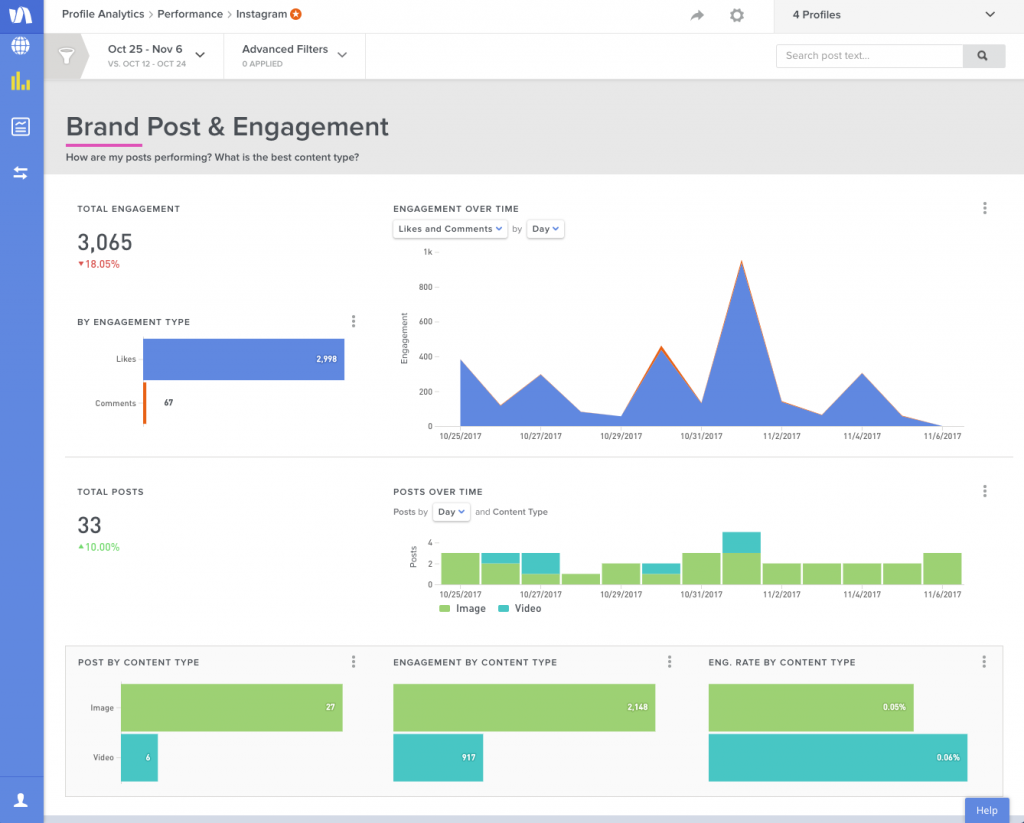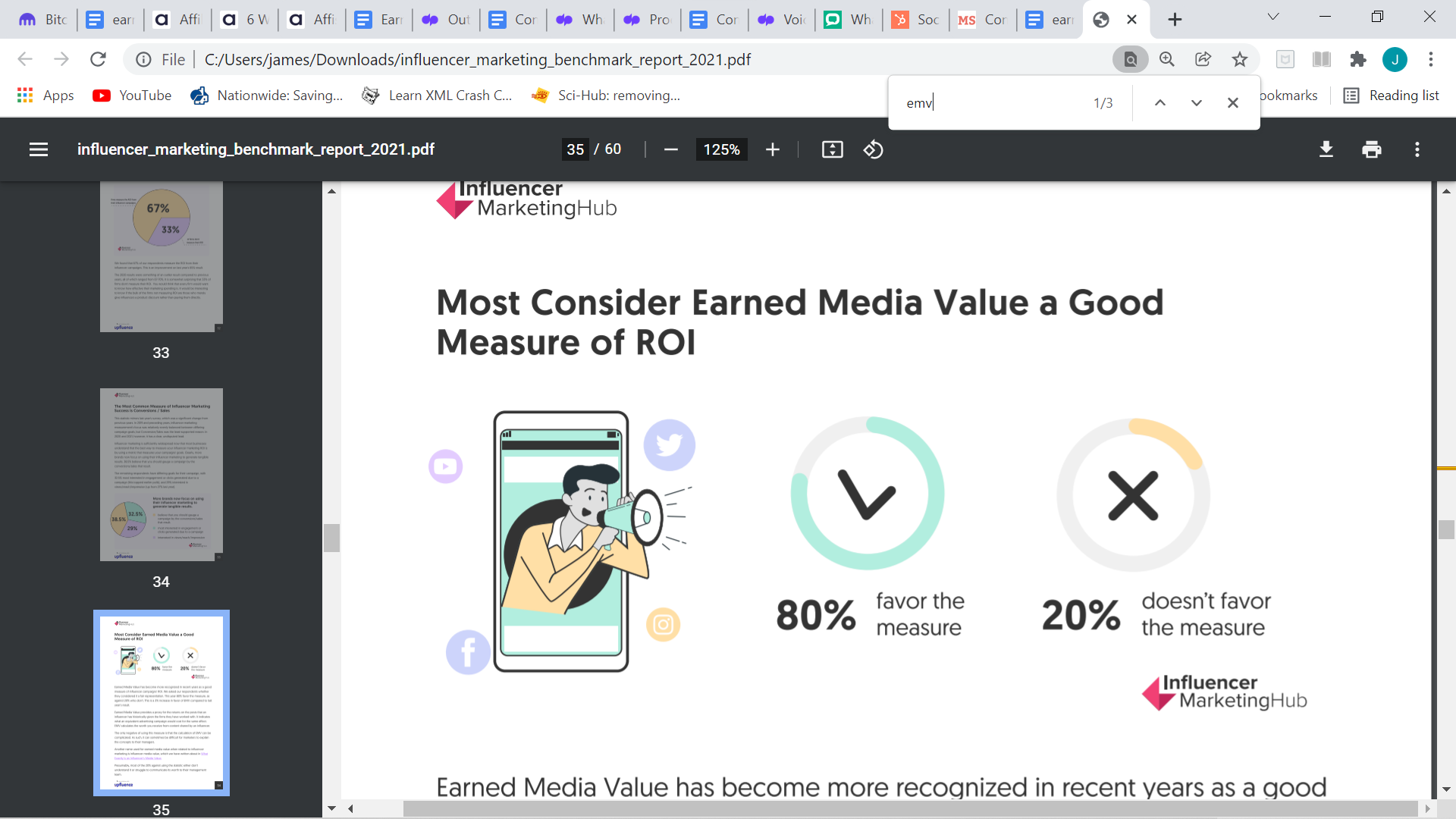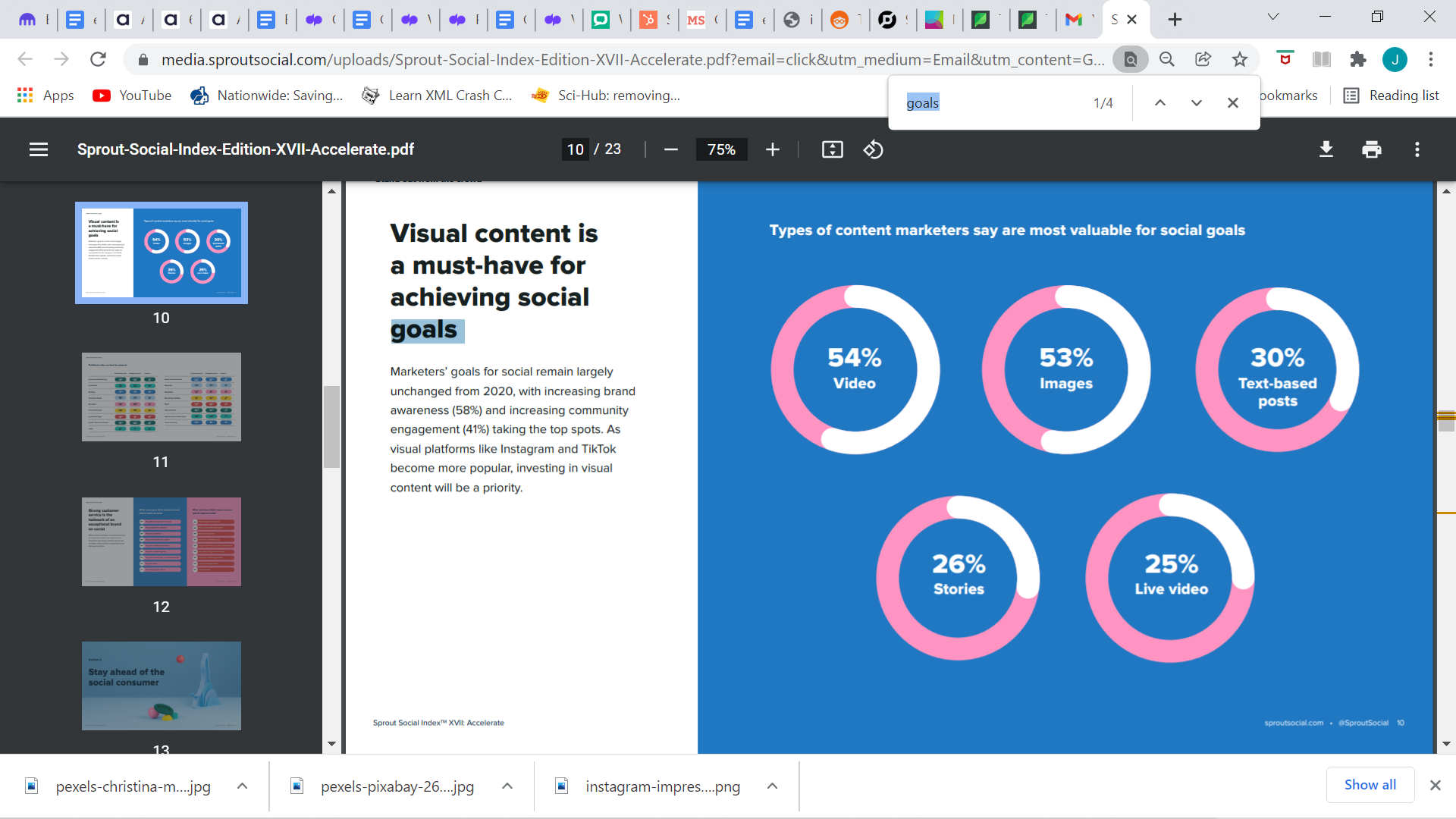The most elementary form of earned media is when knowledge of your brand is shared by word-of-mouth. If someone likes your product and chooses to tell their friends about it, you have earned their advocacy.
Earned media value is a concept in marketing and public relations (PR) that attempts to quantify the monetary value of earned media.
Before social media, earned media consisted mostly of press coverage. And in a previous era of marketing, earning media was all about getting your brand represented in newspaper stories, or talked about on television and the radio.
Of course, earned media in the form of mass media coverage is still relevant, but these days when marketers talk about EMV they are most commonly referring to a kind of digital earned media that trades in social media impressions. In the context of digital marketing, EMV is all about social media engagement – it’s a way of measuring the ROI of social media campaigns.
So how exactly do you measure the value of your earned media? After all, even discrete units of social media engagement such as likes and shares have to be translated into financial terms if you’re to talk about them as having monetary value.
Formula of Earned Media Value
The equation for calculating EMV can look slightly different depending on who you ask. But besides different phrasing, all the variations follow the same basic principle. Here’s the version of the earned media value formula that we use at Affise:
EMV = Impressions x CPT x variable publicity metric
Before we go into detail about how to calculate EMV, it’s worth clarifying what the various components of the formula exactly mean.
Impressions: in the language of social media marketing, impressions count the total exposure of a given advert, post, tweet, and so on. We’ll get to the different ways platforms measure impressions later but for now, let’s stick to a single basic definition: an impression is each time a social media user sees a piece of content.
CPT: is the cost per thousand impressions (also sometimes called CPM, standing for cost per mile) charged by social media companies. CPT advertising stands in contrast to models in which payment is only triggered by a mutually agreed-upon activity, such as pay-per-click. Using CPT when calculating EMV allows for a comparison of the ROI for EMV and paid social media advertising.
Variable Publicity Metric: the variable publicity metric acts as an adjustment factor allowing you to tweak the formula depending on the specific marketing activities. The exact metric used is typically chosen to reflect the goals and outcomes of a campaign. For example, while engagement or average conversion rate don’t indicate EMV alone, they’re useful benchmarks for measuring the success of a campaign that can be included in the EMV formula as variable metrics.























